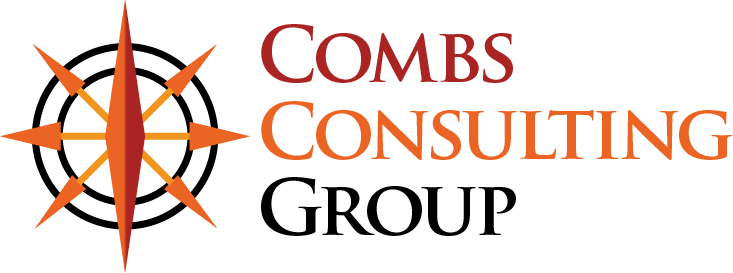Goal setting is an important way to ensure your business continues to grow and thrive.
Goals can help you make foundational decisions and set processes within your business, but unless your objectives have fundamental diameters in place, such as SMART goals, you may miss the mark with your aspirations.
What are SMART goals?
SMART is an acronym for a tool that encompasses five distinct areas of goal-setting (Specific, Measurable, Achievable, Relevant, and Time-Bound).
These elements work together in the design of SMART goals to foster clear understanding and precisely clarify a sense of direction and structure.
How do I create SMART goals?
Break what you intend to accomplish (your broad goal) into individual goals for each element, and then combine the five goals that you have written into a SMART goal statement.
Example of a Broad Goal: My business has an outdated employee policy manual that we will rewrite.
Related: The Six Pillars of Effective HR Management
S – Specific
The Specific element focuses on six “W” questions:
- What do I want to accomplish?
- Who will be involved with this project?
- When do I want this project completed? Your initial “when” can be general. You will cover this in more detail in the Time-Bound element.
- Where do I want to accomplish this project? This question is not always pertinent, as some goals are completed on-location in the office.
- Why is this goal important? Your initial “why” can be general as you will cover this in more detail in the Relevant element.
- Which (if any) obstacles are in our way?
After studying the Specific element, your broad goal is narrowed down.
Example:
We will rewrite our employee policy manual. I will complete this in tandem with our current HR assistant starting in January and will finish the project by end of the year. To achieve this goal, we will review each segment of the manual, and compare it to current regulatory information online to ensure we are compliant in all areas.
M – Measurable
The Measurable element ensures criteria are in place to measure progress and determine completion.
- How will you measure your progress?
- How will you know the goal is complete?
- How will you stay motivated?
Example:
We will utilize our shared project app, which will provide tracking (show what is completed and what is not finished). As we reach milestones, we will meet out of the office via luncheons to prepare for the next step and to bolster motivation.
A – Achievable
The Achievable element determines if a goal is attainable.
- Is the goal reachable?
- Do you have the necessary skills and resources to achieve the goal?
Example:
My HR assistant and I have the necessary skills to review current federal, state, and local regulations, and the ability to rewrite the employee policy manual to ensure we are compliant. We have all the necessary resources in-house and online.
Tip: SMART goals are always attainable! The Achievable element is the goal planning point where you might decide that you either need to break a large goal down into smaller obtainable chunks, or you may plan other actionable steps, such as, hire skilled staff or utilize an off-site service.
R – Relevant
The Relevant element takes a deep look into the reason for a goal and determines if it fits into the overall values and objectives.
- Why is the goal important?
- Is the goal relevant to our business values and objectives?
Example:
We are bringing our employee policy manual up to date for several reasons. The first, and most important factor, is to be compliant with regulations. We intend to avoid legal stumbling blocks. We also want our employees to look at our policies (via the manual) as solid information that they can rely on, and not as reading materials to scrutinize. We value our employees, and our vision is to be the HR backbone that they not only trust but are also proud of.
Tip: SMART goals should be relevant for today as well as the projected future. Keep company growth and change in mind when reviewing your goals for relevancy.
T – Time-Bound
The Time-Bound element ensures the target date for the deliverables is obtainable.
- What is the time frame for accomplishing the goal?
- Is the time frame workable?
Example:
To complete the rewrite of the employee policy manual by December 31, 2021, we will begin this project in the first full week of January 2021. We will dedicate specific time-frames to each section of the manual (details in our project tracking app). My assistant and I, each, will dedicate no less than 10 hours per week to complete every segment of this project by the target date.
Tip: SMART goal time setting should be a cross between challenging (not so laid back that it deters from progress) and not so much of a push that it crushes motivation.
How and When to Write a SMART Goal
Once you have written a goal for each of the SMART elements, it is time to consolidate the goals into one statement. Your original goal will now be fleshed out to include the details: Specific, Measurable, Achievable, Relevant, and Time-Bound, which is so important to your business. Make sure your consolidated SMART goal is a positive statement. You are, indeed, breathing life into your future!
Goals can be written at any time, but one of the best times to create SMART goals is at the end of the year when you are proactively thinking about what you want to accomplish in the upcoming new year.
We Can Help
Regulatory compliance is a big job for any company but can be overwhelming without the foundation of a strong HR function. We can help!
